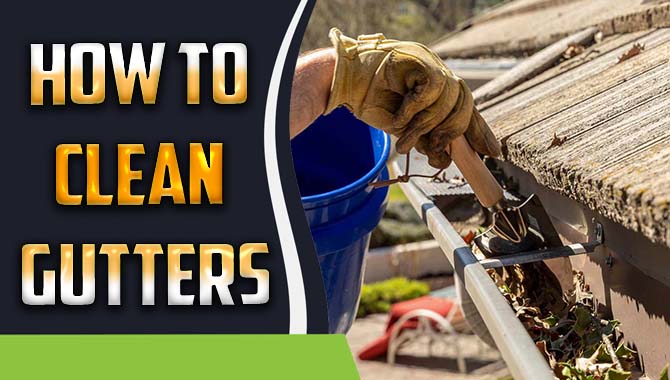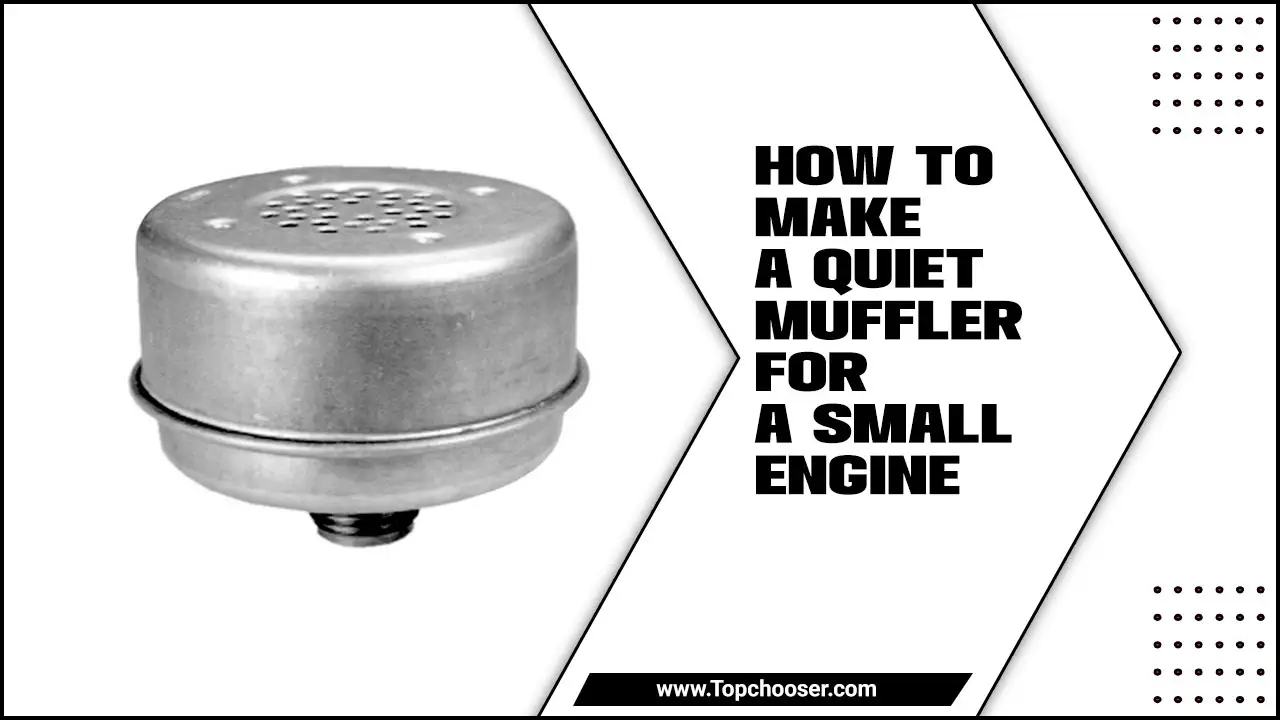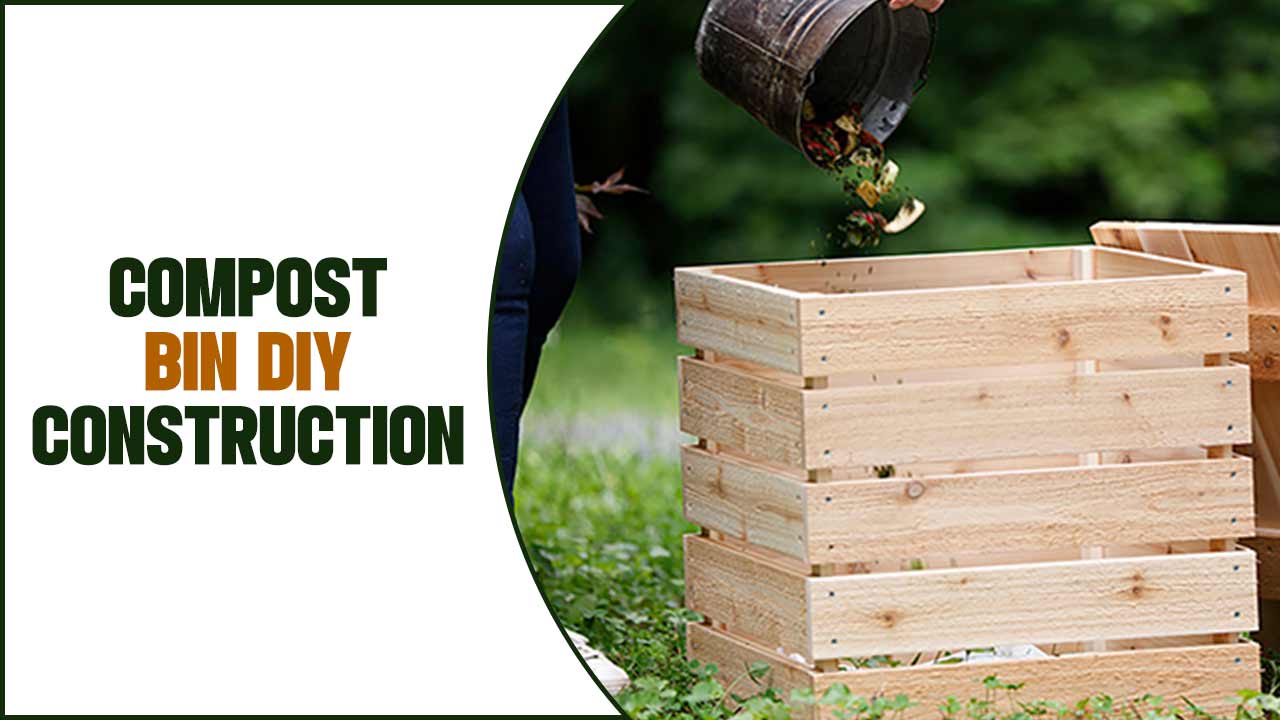Tree climbing spikes, or tree gaffs or spurs, are essential tools for arborists and tree climbers. These sharp metal spikes are attached to the climber’s boots and serve as a means for ascending and descending trees.
While tree climbing spikes may seem simple, setting them up correctly is crucial for safety and efficiency. As a professional arborist, it is important to understand the proper method of setting up tree climbing spikes.
Here we will guide you on how do you set up tree climbing spikes? from choosing the right equipment to properly positioning and securing the spikes. Whether you are a seasoned tree climber or a beginner, this guide will provide the necessary knowledge and instructions to safely and effectively set up tree climbing spikes for your next climbing venture.

What Are Tree Climbing Spikes?

Tree climbing spikes, also known as tree gaffs or spurs, are tools arborists and tree climbers use to aid in climbing trees. They consist of metal spikes attached to the climber’s boots or leg pads, providing traction and support while ascending a tree.
The spikes are designed to penetrate the tree’s bark, allowing the climber to use their legs to push themselves upward. However, it is important to note that tree climbing spikes should only be used on trees that are being removed or pruned, as they can cause damage to the tree if used improperly.
How Do You Set Up Tree Climbing Spikes? 6 Steps

Setting up tree climbing spikes can be daunting for beginners, but with the right technique, it can be done safely and effectively. Remember, setting up tree climbing spikes requires practice and experience. It is important to take proper safety precautions and never attempt to climb without proper training or supervision. Here are 6 steps on how do you set up tree climbing spikes?
1.Choosing The Right Tree-Climbing Spikes

Choosing the right tree-climbing spikes is crucial for a safe and successful climb. When selecting spikes, there are a few factors to consider. First, ensure that the spikes are compatible with your boots or shoes. Look for spikes that can be easily attached and adjusted to provide a secure fit.
Next, consider the type of tree you will be climbing. Different spikes have specific designs for different types of trees, such as hardwood or softwood. Additionally, think about the length of the spikes. Longer spikes provide more stability but may be more challenging to maneuver. Lastly, prioritize comfort.
Look for spikes with cushioned padding or ergonomic designs to reduce strain on your feet and legs during climbs. By carefully selecting the right tree-climbing spikes, you can enhance your safety and enjoyment while ascending trees.
2.Preparing The Tree-Climbing Spikes

Preparing the tree climbing spikes is essential before you begin your ascent. First, ensure the spikes are in good condition and free from damage or wear. Next, adjust the straps on the spikes to fit securely around your legs. It’s important to have a snug and comfortable fit to maintain stability while climbing.
Lastly, check that the gaffs (metal points on the spikes) are sharp and properly aligned with the pole. This will ensure a secure grip on the tree as you climb. Taking the time to prepare your tree climbing spikes properly will help ensure a safe and successful climb.
3.Installing The Tree-Climbing Spikes

Installing tree climbing spikes is essential to safely and effectively climbing trees. Before beginning the installation process, it is important to ensure that you have the proper equipment, including a pair of sturdy climbing spikes, a harness, and a helmet. To install the spikes, follow these steps:
- Choose the right tree: Select a healthy tree with strong branches and a smooth bark surface. Avoid trees with rot or damage that could compromise their stability.
- Strap on your harness: Put on your harness and secure it tightly around your waist and legs. This will provide support and prevent falls while climbing.
- Position the spikes: Stand facing the tree and position one spike against the trunk at a comfortable height for climbing. Make sure the spike is aligned vertically with your leg.
- Drive in the spike: Using a firm kicking motion, drive the spike into the tree’s bark. Apply enough force to securely anchor it but avoid causing excessive damage to the tree.
- Repeat for the other leg: Install the second spike in the same manner, ensuring that it aligns with your other leg.
- stability test: Tug each spike gently to ensure they are firmly embedded in the tree and can support your weight.
Remember, properly installing tree climbing spikes is crucial for safety and minimizing tree damage. Professionals recommend receiving training or guidance before attempting to climb trees using spikes.
4.Check That The Tree Climbing Spikes Are In Place.
Before you begin climbing a tree using spikes, it is crucial to ensure that the spikes are properly set up and in place. This involves checking that the spikes are securely attached to your boots or leg pads and sharp enough to penetrate the tree bark effectively.
It’s also important to inspect the straps or buckles holding the spikes in place, ensuring they are tight and secure. Additionally, double-check that the length of the spikes is appropriate for the size of the tree you will be climbing. Taking these precautionary steps will help ensure your safety while tree climbing and prevent any accidents or injuries from occurring.
5.Trimming The Tree

Trimming the tree is a beloved holiday tradition that brings joy and festive cheer to homes around the world. Whether you prefer a real evergreen or an artificial tree, decorating it with lights, ornaments, and garlands is a surefire way to create a magical atmosphere. Regarding trimming trees, using tree climbing spikes can be a helpful tool. To set up tree climbing spikes for trimming, follow these steps:
- Start by inspecting the tree for any signs of damage or weak branches that may pose a safety risk.
- Put on your safety gear, including a helmet, gloves, and appropriate footwear.
- Use a harness and rope system to Position yourself securely in the tree.
- Locate a sturdy section of the tree trunk where you can attach the spikes.
- Place the spikes on the inside of your legs, with one spike on each foot.
- Use your hands to push against the tree and apply pressure to insert the spikes into the bark.
- Adjust the straps on the spikes to ensure they are secure and comfortable.
- Begin climbing by alternating between pushing with your legs and pulling with your arms.
- When you reach the desired height, use a pruning saw or shears to trim the branches carefully.
- After trimming, carefully descend from the tree using proper techniques.
Remember, setting up tree climbing spikes should only be done by trained professionals or individuals who have received proper training to ensure safety and minimize tree damage.
6.Securing The Tree Climbers

When setting up tree climbing spikes, it is crucial to ensure that they are properly secured. This involves following a few important steps. First, examine the tree trunk for any signs of decay or damage that could compromise the stability of the spikes.
Next, position the spikes on the tree trunk at a comfortable height, with one spike slightly higher than the other to provide stability. Ensure that the straps or gaffs are tightly fastened around your legs and fit securely.
Finally, test the stability of the spikes by placing some weight on them before fully committing to climbing. By taking these precautions and securing the tree climbers properly, you can ensure a safe and successful climbing experience.
Tips For Maintaining Your Tree Climbing Spikes
Maintaining your tree climbing spikes is essential for ensuring their longevity and safety. Here are some tips to help you keep your spikes in top condition. By following these maintenance tips, you can ensure that your tree climbing spikes remain in excellent condition and provide you with safe and reliable support during your climbs.
Clean them regularly: After each use, clean your spikes thoroughly to remove any dirt or debris that may have accumulated. Use a brush or cloth and mild soap to gently scrub the spikes, then rinse them with clean water and allow them to air dry.
Inspect for damage: Before each use, inspect your spikes for any signs of wear or damage. Look for cracks, bent edges, or loose straps. If you notice any issues, it is important to address them before climbing.
Sharpen the points: Over time, the points of your spikes may become dull. Use a file or sharpening stone to carefully sharpen the points, maintaining their original shape. This will ensure that they penetrate the tree trunk easily and securely.
Store them properly: Store your tree climbing spikes in a dry and secure location when not in use. Keep them away from extreme temperatures and humidity, as these can cause damage.
By following these tips, you can ensure that your tree climbing spikes remain in optimal condition, allowing you to climb trees safely and effectively.
Benefits Of Tree Climbing Spikes

Tree climbing spikes, spurs, or gaffs are essential for professional tree climbers. These sharp spikes attach to the climber’s boots and provide traction and stability when ascending trees. One of the main benefits of tree climbing spikes is that they allow climbers to easily reach heights that would otherwise be impossible. Tree climbing spikes can offer several benefits include some here:
- Enhanced safety: Tree climbing spikes provide a secure grip on the tree trunk, reducing the risk of slipping and falling.
- Increased efficiency: With tree climbing spikes, climbers can ascend and descend trees more quickly and easily, saving time and energy.
- Access to higher branches: Climbing spikes allow tree workers to reach higher branches that would otherwise be difficult or impossible to access.
- Versatility: Tree climbing spikes can be used in a variety of tree types and sizes, making them a versatile tool for arborists and tree climbers.
- Improved stability: The sharp points of the spikes penetrate the bark, providing stability and support while climbing.
Different Types Of Tree Climbing Spikes
There are several different types of tree climbing spikes that you can use depending on your specific needs and preferences. Here are some of the most common types:
Pole Climbing Spurs: These spikes are designed for climbing utility poles and have a long, sharp spike attached to a metal shank. They provide stability and traction when climbing tall poles.
Tree Climbing Gaffs: These spikes, also known as tree climbing spurs, have shorter, sharper spikes ideal for climbing trees. Arborists and tree trimmers often use them to safely ascend and descend trees.
Adjustable Climbing Spurs: These spikes have adjustable straps or stirrups that allow you to customize the fit and comfort level. They are a popular choice for climbers who need flexibility in their gear.
Non-Spiked Climbing Boots: Some climbers prefer to use boots with no or replaceable spikes. These boots provide a more comfortable fit and can be used in a variety of climbing situations.
When choosing the right type of tree climbing spikes for your needs, it is important to consider factors such as the terrain you will be climbing, your skill level, and any specific safety requirements. It is always recommended to consult with an experienced climber or professional before using tree climbing spikes for the first time.
Safety Tips For Using Tree Climbing Spikes

When setting up tree climbing spikes, safety should be the top priority. Here are some important safety tips to keep in mind:
- Inspect your spikes: Before using them, inspect your climbing spikes for any signs of damage or wear and tear. Make sure the straps are secure and in good condition.
- Choose the right tree: Not all trees are suitable for climbing with spikes. Avoid trees with thin bark or those prone to disease or decay. Opt for healthy, sturdy trees with thick bark.
- Use a harness: Always wear a climbing harness in addition to your spikes. This will provide additional support and protection in a slip or fall.
- Proper positioning: When ascending the tree, place each spike into the trunk at a comfortable distance apart, ensuring they are securely fastened.
- Climb carefully: Take time and climb slowly, using your arms and legs to distribute weight evenly. Avoid putting too much pressure on one spike at a time.
- Descending safely: To descend, carefully remove each spike from the tree while maintaining a firm grip on the trunk or branches for support.
- Seek professional training: It is highly recommended to receive proper training from a qualified instructor before using tree climbing spikes independently.
Remember, safety should always come first when using tree climbing spikes. Following these tips will help ensure a safe and enjoyable climbing experience.
Conclusion
Tree climbing spikes are an essential tool for arborists and tree enthusiasts. They provide grip and stability while climbing tall trees, allowing easier access to branches and the canopy. However, it is crucial to choose the right type of spikes for your needs and adhere to safety guidelines to prevent accidents and damage to the tree.
Setting up tree climbing spikes requires careful preparation, installation, and maintenance. You can ensure a safe and successful climbing experience. Remember to regularly inspect and maintain your spikes to keep them in optimal condition.
With proper use and maintenance, tree climbing spikes can greatly enhance your tree climbing adventures and enable you to explore new heights. We hope you now understand how do you set up tree climbing spikes?
Frequently Asked Questions
[rank_math_rich_snippet id=”s-71d1cee6-3e3c-40a1-bbb0-d815caa5361c”]

I am passionate about home engineering. I specialize in designing, installing, and maintaining heating, ventilation, and air conditioning systems. My goal is to help people stay comfortable in their homes all year long.







